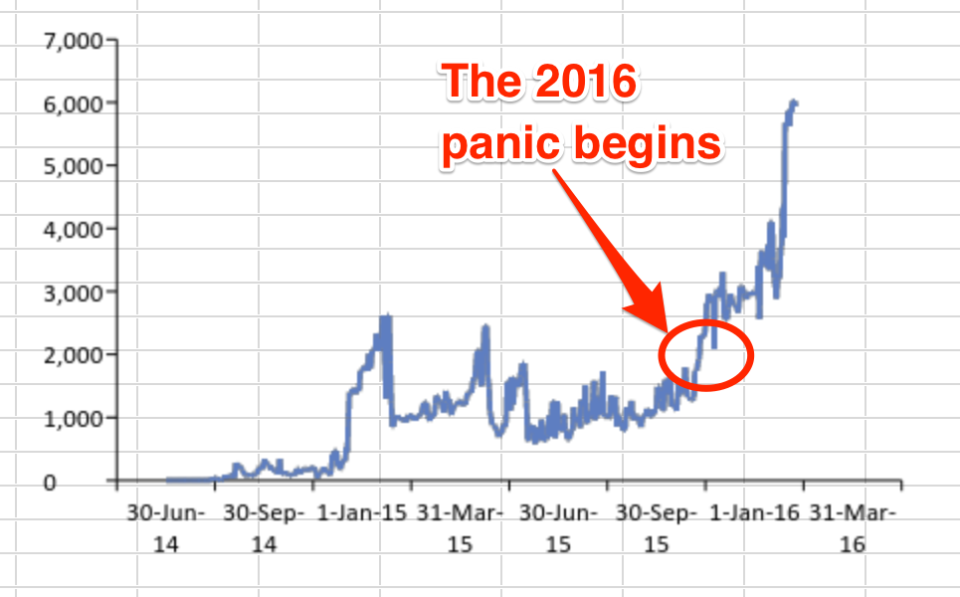The global market for negative debt has gone from zero to $6 trillion in less than two years

Reuters
The market for negative-yielding bonds is now worth around $6 trillion, and has doubled in just over a month, showing just how worried how investors across the globe are about the state of the world's economy.
According to data from JP Morgan, over 25% of all sovereign debt tracked by its GBI Broad Index, an index of 27 major issuers, is now in negative territory.
Negative-yielding sovereign debt has emerged as a huge part of the bond market in the past year and a half, exploding from zero in August 2014, to $6 trillion of the $23 trillion tracked by JP Morgan, as of February 8th.
At the start of January, just $2 trillion of bonds yielded less than zero, but the amount of has since soared.
By their very nature, negative bonds guarantee a loss, meaning that investors will only buy them if they're scared of putting their money elsewhere. They imply that risk elsewhere is even worse than a bond that is guaranteed to lose a predictable amount of money. Global assets are incredibly volatile at the minute.
Oil is yo-yo-ing almost every day, equities across the globe are getting slammed, and money is pouring out of China as fears about the country's economy grow. This means that debt in safe markets — largely big, stable economies — has become increasing attractive, pushing prices for bonds upwards, and yields lower.
This, in turn, has helped to push more and more debt into negative territory. Here's the chart, showing the rise to $6 trillion:

ReutersA growing number of major economies are now issuing negative debt, although it is largely being led by European countries. Countries with record low yields right now include Sweden, Germany, the Netherlands, Belgium, Finland, Austria, and France. This is backed up by the fact that more than a third of euro area government debt is now in negative territory.
The most recent entry into the negative debt market is Japan, which moved to take interest rates below zero less than two weeks ago. The Bank of Japan's executive board voted to take rates down to -0.1% on January 29th, shocking the global markets. The move contributed to a sharp decline in bond yields in the country, which have fallen from 0.22% at the time rates went negative, to just below zero this morning.
On Monday, HSBC released a note about the negative interest rate policy implemented by Sweden, which has now been in place for just over a year. The verdict is not good for the Swedish economy. As Business Insider's Ben Moshinsky pointed out, the policy, designed to increase inflation, and to stop Sweden's swelling property bubble, has pretty much failed, with inflation staying at a meagre 0.1%.
See Also:
SEE ALSO: The world's biggest oil trader thinks we may never see $100 oil again

 Yahoo Finance
Yahoo Finance 
